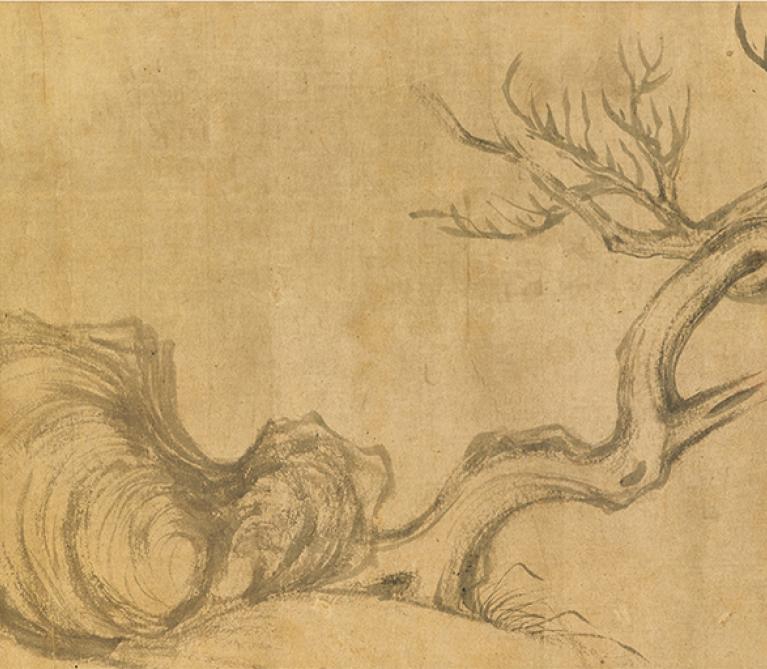Lectures
When Su Shi’s (1037–1101) attributed painting Old Tree, Rock, and Bamboo emerged into the public eye last year after decades of being hidden from sight it attracted a torrent of renewed scrutiny. Predictably, much attention landed on the scroll’s seals and inscriptions, as scholars attempted to resolve questions of authenticity, authorship, and provenance. Somewhat lost in the debate was the opportunity the scroll provides to consider the broader and more intriguing issue of inscriptional practices among the Song literati. In the field of literary studies, tiba 題跋, “inscriptions,” have recently gained interest as a genre, but regarding them only as texts decidedly limits our perspective on how tiba functioned as integral elements within a system of communication that was centered on the visual and material. Our working premise is that recognition of the self-expressive capabilities of the visual extended to the markings eleventh century literati artists and their audiences added to the primary image. Beginning with Old Tree, Rock, and Bamboo before moving on to other examples of painting and calligraphy by literati artists active in the late Northern Song, we will examine closely the roles signatures, seals, and inscriptions played in the dialogue between maker and viewer.
Please register in advance for this Zoom meeting.
For additional information, please visit the East Asian Studies Program website.
